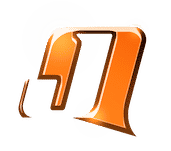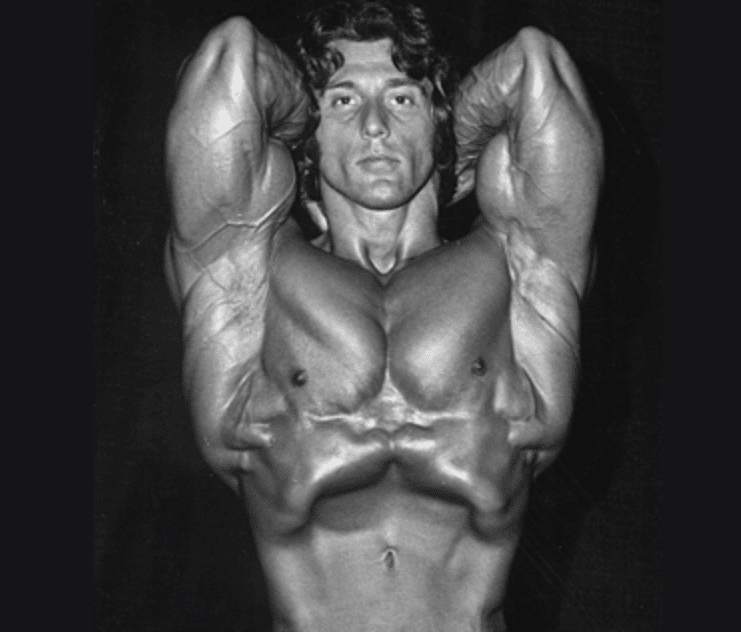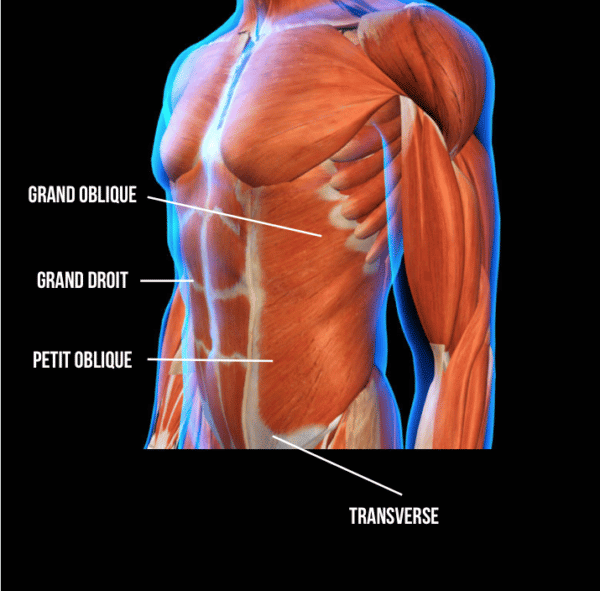The vacuum, and more precisely the stomach vacuum, is a hypopressive abdominal exercise, which solicits the transverse, a deep muscle of the abdomen, and which tends to strengthen the abdominal belt to make the belly flat but not only.
What is a vacuum?
It is an isolation exercise, as it is exclusively the transverse muscle that is targeted by the contraction effort. Breathing and the static position are essential to its good practice. Like yoga and Pilates, from which it is inspired. It is necessary to play with the inspirations and expirations by exaggerating.
Let's go through all the details of this muscle-strengthening exercise and put it into practice. It does not require any equipment or gym as you can do it at home and it fits perfectly into a morning routine.
The translation of stomach vacuum is: to empty the stomach, in other words, aspiration.
When did the stomach vacuum appear?
This vacuum exercise of musculation made its appearance in the medium of the bodybuilding in the Seventies. It was popular with bodybuilders and was a staple in gyms.
Why did bodybuilders practice this exercise in the 1970s?
This abdominal gainage allows to reduce the waistline and to draw in the belly. Now, it was very popular with bodybuilders in the 1970s because it allowed them to have a more refined waist on stage. The V-shape, with square shoulders and a thin waist, was very sought after.
In the golden age of the body, the vacuum was Arnold Schwarzenegger's favorite exercise, Frank Zane, and Ronnie Colemanwho popularized it during posing competitions. It has been practiced for decades by "old school" bodybuilders.
Recently, these physics are making a comeback. Particularly in the new Classic Physique category that was born in 2017. The fashion of the inflated and distended bellies gives way to flat and muscular bellies, with the athletes of the new generation having as criterion the aestheticism and the symmetry.
Which muscles are worked with the vacuum?
The transverse abdominal muscle is the most stimulated and strengthened, not forgetting the lumbar multifidus. They are both located below the rectus abdominis and the external obliques. The psoas, a muscle that is often forgotten during exercises, is also worked.
The internal abdominal muscles, more commonly known as the deep muscles, are responsible for posture and control deep breathing during energetic movements such as squats heavy. Since they are rarely worked on, they are often weaker.
By further strengthening your internal abdominal muscles, you'll get more back support, so you can add explosive power to your workout.
How do you make the stomach vacuum?
First, lie on the floor with your arms by your sides or hands on your stomach to feel the movement better, and your legs bent with your feet flat. Take a deep breath, inflating your stomach.
Then exhale as slowly as possible, keeping your lumbar vertebrae flat on the floor to place your pelvis in retroversion. Try to deepen your belly as much as possible, as if you wanted to suck your navel down to your back, while bringing the diaphragm up under the rib cage.
Keep your belly hollow as long as possible. You can put your hands on your thighs or stomach to better feel the contraction of the deep muscles. Ideally, you should hold this position for 3 to 15 minutes, breathing very calmly and lightly. If this seems too difficult, you can start with shorter periods and then gradually increase.
During the entire vacuum exercise, except for the lower abdomen, the whole body must be totally relaxed. After this abdominal sheathing, relax your effort and make abdominal breaths of great amplitude. This stimulates your diaphragm, which inflates the belly when you inhale and pushes the viscera down when you exhale.
Finally, repeat the exercise several times or practice for 10 minutes a day.
It should be noted that the practice or training of vacuum should be done in the morning preferably on an empty stomach.
Once you have successfully completed the exercise on the floor, you can then do it sitting and standing.
What are the possible variants?
The advantage of vacuum training is that you can build up the abs anywhere and at any time. In fact, this exercise can be done not only lying down, but also sitting, standing and crawling.
You can practice the vacuum in different postures in order to solicit your transverse muscles in a different way, the results will only be multiplied by ten. This exercise is therefore easy to integrate into your daily routine. In a queue, in the car, at the office, while cooking, while brushing your teeth, everything is possible!
On the other hand, classic abdominal exercises such as the cladding are not considered as variations, because the objective is different. They are intended to work the obliques and the rectus abdominis, to bring out the abs. They are not intended to achieve a flat stomach and slim the waist. Moreover, the gainage works other muscles.
Tips on how to do the vacuum correctly
The most important part of this exercise is the abdominal breathing. It is important to breathe well through the nose when the belly is hollow. It is necessary to avoid apnea and to prefer light, regular and controlled inspirations.
The pelvis should be placed in a retroverted position and the body should remain relaxed at all times, to avoid tension in the neck or upper back.
At the beginning, the stomach vacuum requires great concentration to control and feel the contraction of the transverse muscle. It is therefore advisable to perform this exercise in a calm environment and repeat it several times a week. You can use it at the very beginning or at the end of your weight training session to benefit from its relaxing qualities.
The benefits of this bodybuilding exercise
Hypopressive abs have many benefits, both aesthetic and physiological. Vacuum:
- Flattens the belly, and refines the waist
- Muscles the abs
- Relieves back pain by stabilizing the spine
- Fight against constipation, by the pressure exerted on the intestine
- Reduces postpartum diastasis, i.e. the spread of the rectus abdominis
- Strengthens the perineum
- Aid to digestion
- Promotes relaxation and reduces stress
This abdominal exercise is so simple and convenient to perform that it should be part of every routine. Whether you are a man or a woman, a beginner or an expert, you can exercise at any time and help strengthen your abdominal muscles.
It is ideal for working the abdominal muscles but it is not the exercise that will make you lose belly fat. It will improve your health but it will not be enough to develop your superficial muscle mass either.
Finally, to benefit from its advantages, it should be done regularly. After a few weeks of practice, you will feel your deep muscles stronger.
Here is an explanatory video to complement this article:
Personally and as a coach, I practice stomach vacuum very regularly in the morning, well before I start my weight training session.
To benefit from a customized 100 % bodybuilding and nutrition program
Other articles to read :












One Comment
great video on vacuum
bravo